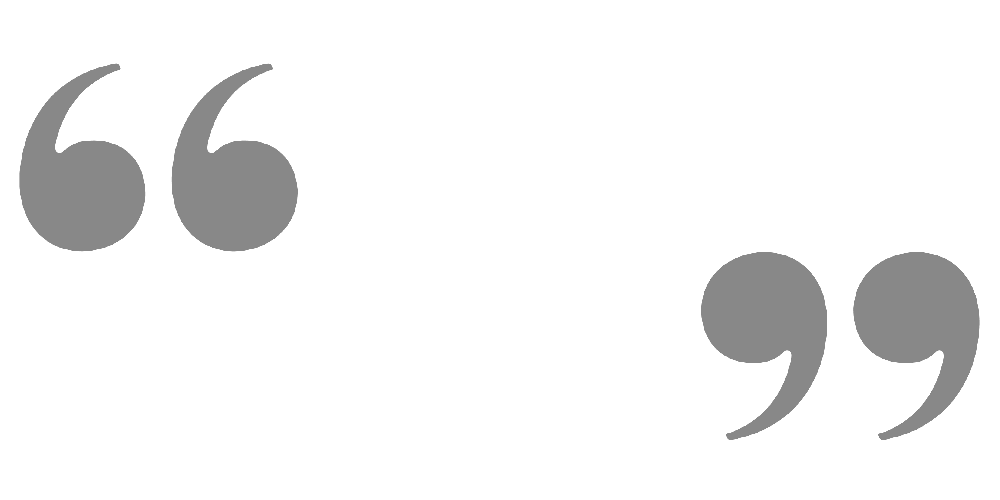We are a unique agency in the market, dedicated exclusively to PIL’s leaflet readability research. We study, optimize and create readable and intuitive leaflets PILs improving the patient experience. We have been creating new standards for over ten years; systematically developing readability research methodology (including eye-tracking and projection techniques).
The leaflet readability testing methodology complies with the requirements of Directive 2001/83/EC as amended, EC guidelines, and the requirements of the Registration Authority and EU registration agencies in MRP and DCP procedures. We use 'good practices in leaflet testing’: Australian, British and German. Based on our experience, we also created new standards in the field of readability optimization.
We test readability with an IDI (in-depth-interview) technique combined with observation and usability testing on mock-ups based on standardized evaluation techniques. We support the interviews with proprietary techniques providing design recommendations. Although the report may meet acceptance criteria, we have prepared a list of suggestions to increase the readability of the PIL.

"Our experience includes working with major pharmaceutical companies - the market leaders - and small manufacturing companies with a local reach. This allows us to optimally match solutions to the client's needs. We take an individual approach to each task."
— Piotr Kaluba, Research Director
Ask us a question about describing your problem, paying attention to the type of medicine, target group and the proposed deadline for the report. Let us know if a graphic design is prepared.
After accepting the offer, we sign a confidentiality agreement and order. We rely on our contract templates or adjust to the client's documentation. After signing the agreement, please send us a PIL in doc and the graphic design in pdf and SmPC.
After our experts review the leaflet, we begin recruiting respondents. Before user testing, we only determine whether we will implement any corrections on an ongoing basis (after each round) or after the survey is completed.
According to Article 59(3) of Directive 2001/83/EC, the package insert of a medicinal product shall specify the results of consultations with the target groups of Patients to ensure that the insert is legible, clear, transparent, and accessible for Patients to use. The "Patient Consultation" conclusions should be included in Section 1.3.4 of Module 1 for all new registration applications and for relevant post-registration applications making significant changes to the package insert.
No, as long as you have a report of a successful readability test for a PIL similar in content and layout. In this case, there is no need for a separate, additional readability test. The bridging report is a detailed comparison of the content of the parent leaflet with the so-called "daughter" leaflet. It justifies whether a successful readability test of the "mother" leaflet can be used as a deviation from the implementation of the full readability test.
According to accepted standards, we test and correct the leaflet until it does not reach the expected acceptance criterion. In practice, it has never yet occurred to us that it has not passed the assumed acceptance threshold. The main factor that determines this is a thorough expert analysis, which will not allow the testing of a leaflet that is potentially unreadable by patients. That's why, if possible, we recommend fundamental changes that could affect readability even before testing begins.
We can't cite acquaintances in the registration authorities; however, in the more than ten years of our business, all our reports have been accepted by the Office for Registration of Medicinal Products, Medical Devices and Biocidal Products and also by other registration agencies operating in the EU. Each report we prepared is a document aligned with the standards for acceptance of readability testing. We have encountered only two questions about the records we have prepared.
"Our company's mission is to create legible leaflets, and we don't consider it just a regulatory obligation. Therefore, we continue to improve our workflow and look for innovative solutions to optimize readability."
— Piotr Kaluba, Research Director
An example is an eye tracker, a device that records eye movements. The eye tracker lets us see exactly what the patient sees. We mainly use the eye tracker in packaging research and optimization of other printed materials, such as patient instructions. Find out what value eye tracking will bring to your project
Address
Cognitiva Piotr Kaluba, os. B. Śmiałego 30/75, 60-682 Poznań, NIP 972-105-55-91
Phone
+48 693 851 861
ulotki@czytelnosc.pl
